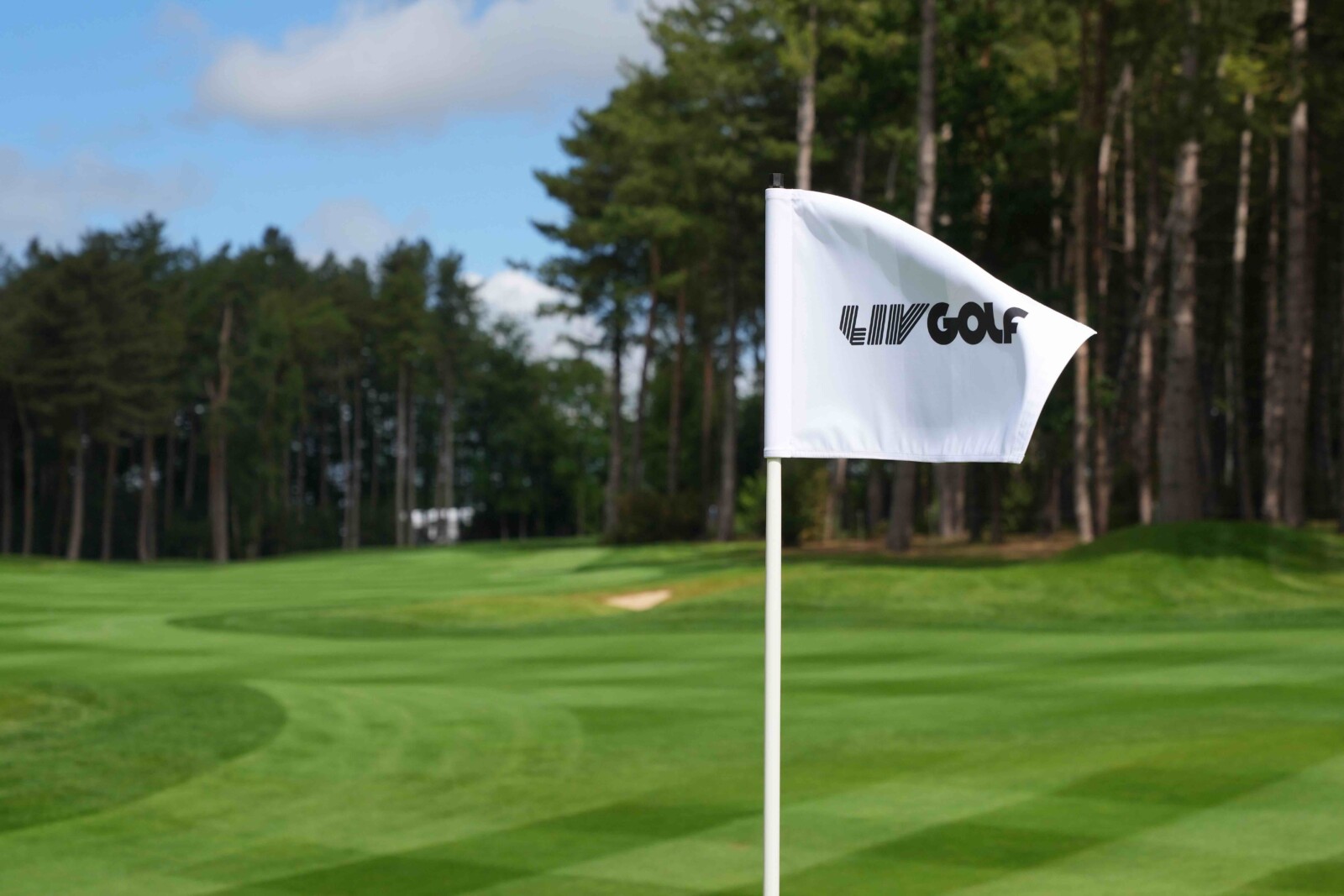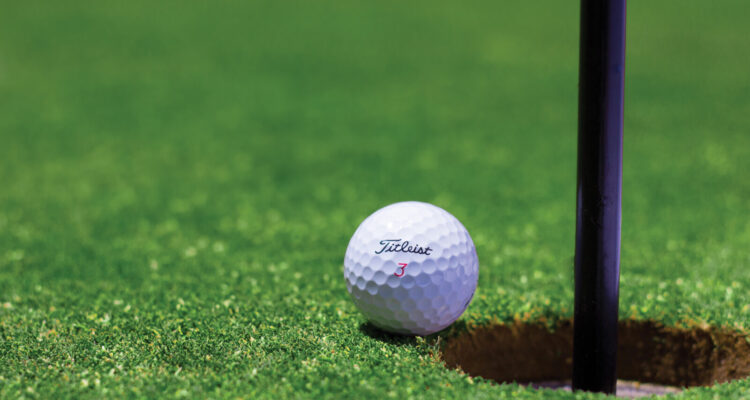Bryson DeChambeau was not alone in experiencing a dip in form after switching to LIV Golf. Many stars, including Dustin Johnson and Cameron Smith, have struggled to regain their previous performance levels, particularly in major tournaments. While some have had decent showings on the LIV Tour and a few, like Brooks Koepka, have found success in the majors (notably Koepka’s win at the PGA Championship last year), overall, many who defected to the Saudi-backed competition have faced disappointments.
But it’s interesting to see how DeChambeau’s return to form has been measured in stats. We know, of course, that he did well in the 2024 Masters and PGA Championship, finishing second and 6th (his best-ever finish in either event), yet there is also evidence that his game has improved on all levels. Perhaps most interestingly is how he compares in strokes gained. OWGR puts DeChambeau at number four in its Strokes Gained World Rating (SGWR) category, behind only the auspicious trio of Scottie Scheffler, Xander Schauffele, and Rory McIlroy.
SGWR can show us form players
The SGWR category is certainly useful in these days of a golf schism, and some would argue that it is a purer measurement of ranking compared to OWGR’s traditional points system. DeChambeau’s official ranking of 36th is in stark contrast to his 4th in SGWR. Yet, broadly when we compare OWGR ranking to SGWR, the figures make sense:
| Player | OWGR | SGWR |
| Scottie Scheffler | 1 | 1 |
| Xander Schauffele | 2 | 2 |
| Rory McIlroy | 3 | 3 |
| Bryson DeChambeau | 36 | 4 |
| Jon Rahm | 7 | 5 |
| Victor Hovland | 5 | 6 |
| Collin Morikawa | 8 | 7 |
*Data taken before
The point of the table above is to show that there is a direct correlation between official world ranking and SGWR, although, as we can see, it’s not always neat. But the fact that the top three players correlate in perfect order shows there is some merit to it. While the others don’t match up perfectly, it’s close enough to claim that the comparison has some merit. The information is useful for a variety of purposes, including, potentially, sports betting strategies. But does it also suggest that Bryson DeChambeau is an outlier? That’s a little more difficult to ascertain.
For a start, we should note that SGWR measurements are a little opaque and not immune to criticism. We should also note that DeChambeau’s form on the LIV Tour hasn’t been great. He’s outside the top 10 in the current standings, has yet to win an event on LIV this year, and has an average finishing place of 15th. He’s also not the only player whose OWGR ranking is really mismatched with his SGWR ranking: Louis Oosthuizen is 8th in SGWR and outside the top 100 in OWGR. Matthew Wolff is even more extreme, ranking 16th in SGWR in strokes gained and outside the top 800 in OWGR.

Ranking shows problems with LIV crossover
Now, you can, of course, put much of this down to the problems of ranking players who went to LIV Golf. Wolff was one of the early rebels, and that meant his official ranking plummeted over the past two years. Others, like Rahm, will, unless there is a resolution, see their ranking decline over time. The focus on SGWR will likely increase, but so too will the criticism of the system.
As with much of the schism between LIV and the PGA, the question of ranking players remains divisive and complicated. A system like SGWR might be the best solution, although it certainly might have to be tweaked to give us a better impression of the world’s best players. To give you an example, Joaquin Niemann is currently 14th in SGWR (95th in OWGR), but he has been the best player in LIV in terms of results by a considerable distance this year.



